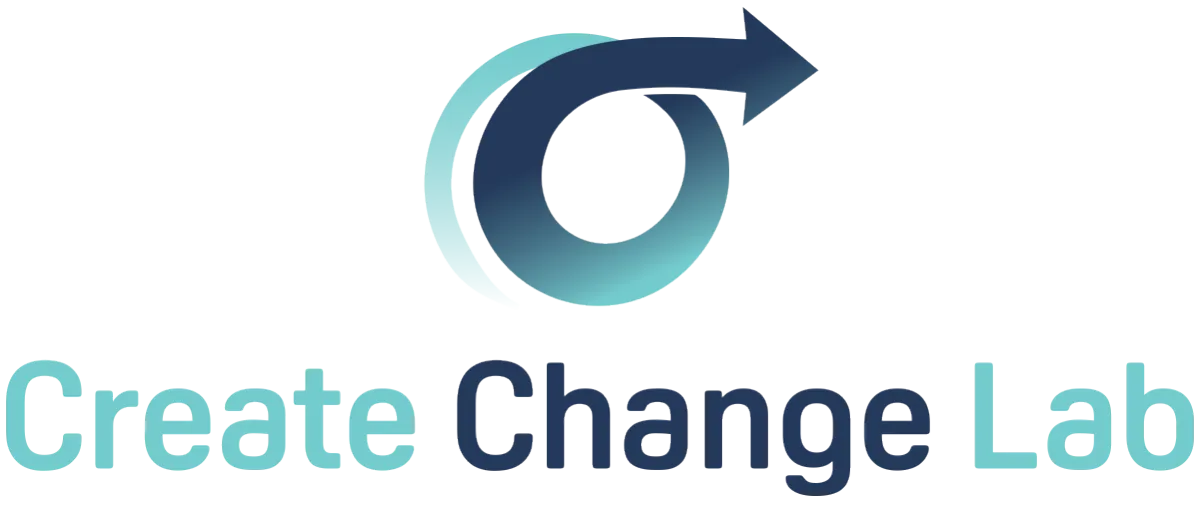Reversing My Parkinson's
Refusing to settle for decline, I'm pursuing healing--boldly, naturally, relentlessly.
Driven by curiosity and a desire to feel better.
'Yes' to slowing the progression. And 'yes' to understanding the root causes of the disease so it can be healed.
As a holistic health coach and Public Health practitioner, I seek out research, best practices and personal stories of how our lifestyle practices can improve health outcomes. For me, lifestyle practices include eating (and supplementing), reducing my exposure to toxins, moving my body, hydrating, meditating, sleeping, social connection and spending time outdoors.
Recent Posts from my Health Coaching Blog

The Secret to Sticking With Your Goals All Day
Anchor Your Goals in the Morning (and Keep Them in Sight All Day)
Have you ever started your day with the very best intentions—today’s the day you’ll eat clean, or stay calm under pressure, or finally avoid doom-scrolling—and then, by mid-afternoon, you’re stress-eating crackers in the kitchen or firing off an email you wish you hadn’t sent?
If so, you’re in good company.
We all know that mornings can set the tone for the day. But here’s the thing: it’s not just about setting the tone once. It’s about holding that tone when the day inevitably tries to knock you off course.
That’s why I’m a huge fan of anchoring your goals first thing in the morning—through meditation, journaling, or another grounding practice—and then re-anchoring them throughout the day, especially when life starts hurling curveballs.
Why Morning Anchoring Matters
First, let’s talk about mornings. The early hours give us a rare gift: a quieter mind. Before the emails, the headlines, and the to-do list start clamoring for attention, your brain is in a more receptive state. Think of it like fresh snow before anyone’s made footprints—your thoughts and intentions can land cleanly.
This is the perfect time to set your direction for the day. If you wait until you’re already deep in the weeds of work and errands, your mental space is crowded. Anchoring your goals in the morning is like programming your GPS before you hit the road. You decide where you’re going, rather than letting traffic patterns (or other people’s priorities) take you somewhere else.
But Here’s the Catch…
Setting your goal in the morning is not enough.
Why? Because we live in a noisy world. And not just noisy in the literal sense—noisy in your head.
There’s the constant chatter:
This meeting is running late. I don’t have time to make lunch.
I’ll just grab something quick. I deserve it.
Ugh, I messed up that conversation. I’m so bad at this.
External stressors and internal “head noise” can pull you out of alignment with your morning vision before you even realize it.
You might have set the intention to “eat a protein-rich lunch that will keep me energized,” but by the time you’re starving and rushing between errands, that clarity has been replaced with the siren song of the drive-thru.
The Science Behind Re-Anchoring
Think of your brain like a snow globe. In the morning, you let the glitter settle—you can see clearly. But as the day goes on, the snow globe gets shaken (by work, kids, news, traffic). The vision you set that morning gets buried in swirling distractions.
The trick is to let the snow settle again—to pause, remember the vision, and feel it. This isn’t just “positive thinking.” It’s about strengthening neural pathways. The more you recall and rehearse the feeling of being on track, the more your brain treats that as the default setting.
This is why elite athletes visualize not just the outcome, but the feeling of the outcome—calm confidence at the free-throw line, the steady rhythm of running the perfect race. They’re not waiting until game day to feel it; they practice feeling it daily.
A Practical Example: Eating Goals
Let’s say your goal is to reduce sugar and eat in a way that keeps your blood sugar steady.
In the morning, during your journaling or meditation, you might:
Visualize yourself making a lunch that’s colorful, fresh, and satisfying.
Imagine the clear-headed energy you’ll feel at 3 p.m. because you fueled your body well.
Feel proud of yourself for honoring your body’s needs.
Now—here’s where most people stop. But I want you to take it further.
At 11:45 a.m., when you’re starting to get hungry, pause. Bring up that mental image and re-feel it. Even 15 seconds of recalling that morning vision can shift your next choice.
When you open the fridge or stand in front of a café menu, you’ll be more likely to choose something that matches the feeling you anchored in the morning—because you’ve primed your brain to seek that state.
Another Example: Mindset Goals
Maybe your focus isn’t food, but mindset—say, staying grounded and kind in your responses at work.
In the morning, you could:
Picture yourself in a challenging conversation, keeping your voice calm and your body language open.
Feel that sense of inner steadiness, like an anchor in a storm.
Imagine leaving the conversation proud of how you handled yourself.
Then, at the first sign of rising frustration during the day, take a breath, recall the scene, and reconnect with that feeling. It’s a mental muscle—and the more you work it, the stronger it gets.
How to Build Your Re-Anchoring Habit
Choose one clear goal for the day.
Keep it specific and doable—something you can picture in action.Anchor it in the morning.
Use meditation, journaling, visualization, or even saying it aloud while you stretch.Attach a “recall cue” to it.
For eating goals, this could be before each meal. For mindset goals, it could be every time your phone buzzes or you step through a doorway.Rehearse the feeling, not just the action.
Your brain is more likely to follow through when it has a vivid “emotional memory” of success.Notice small wins.
When you stay aligned—even for one meal or one conversation—acknowledge it. That reinforces the loop.
A Word About Falling Off Course
Some days, even with the best intentions and the strongest anchors, you’ll drift.
That’s not failure—it’s part of the process.
If you find yourself halfway through a pint of ice cream or stewing over an email you regret, don’t throw out the day. Stop, breathe, and re-anchor. Even at 4 p.m., you can still finish the day in alignment.
Think of it like sailing: drifting off course isn’t the problem; failing to correct your course is.
Why This Works (Long-Term)
When you consistently anchor and re-anchor your goals, you’re training your brain to prioritize them automatically. You’re also building self-trust—showing yourself that you can hold a vision and follow through, even when life gets messy.
And here’s the beautiful part: over time, the effort gets smaller. What feels clunky at first—like constantly reminding yourself—becomes second nature. The mental image, the feeling, and the aligned action start to merge into one seamless habit.
Try this tomorrow morning:
Before you pick up your phone, close your eyes and picture one specific goal for the day.
Feel what it’s like to have already achieved it.
Set a cue to recall it throughout the day.
At night, reflect on how it went—without judgment.
Do this for a week and see what happens. You might be surprised at how much less “course correction” you need when your day starts—and keeps returning to—a clear, anchored vision.
Remember: The magic isn’t just in setting the goal; it’s in holding it.

Blog
Explorations of research, and what is working for me and other people.

Resources
Books, videos, people and research that may be of interest.

Timeline
A mashup timeline of what I've learned, tried and experienced.
Medical Disclaimer
I am not a physician or other licensed medical provider. I am a Certified Holistic Health Coach and am currently studying to become a Certified Functional Nutrition Counselor.
[For more information about my coaching practice, please visit the website CreateChangeLab.com.]
The content on this website is intended for informational and educational purposes only and is based on my personal experience, research, and training. It is not intended to diagnose, treat, cure, or prevent any disease, including Parkinson’s disease.
By using this website, you acknowledge that the information provided does not constitute medical advice and should not be relied upon as a substitute for professional medical guidance. Always consult with your physician or qualified healthcare provider before making any changes to your health regimen, including diet, supplements, or exercise.
Your health is your responsibility, and your choices should always be made in consultation with your personal healthcare team.

© 2025 Create Change Lab, LLC and Andrea Grayson. All Rights Reserved,
